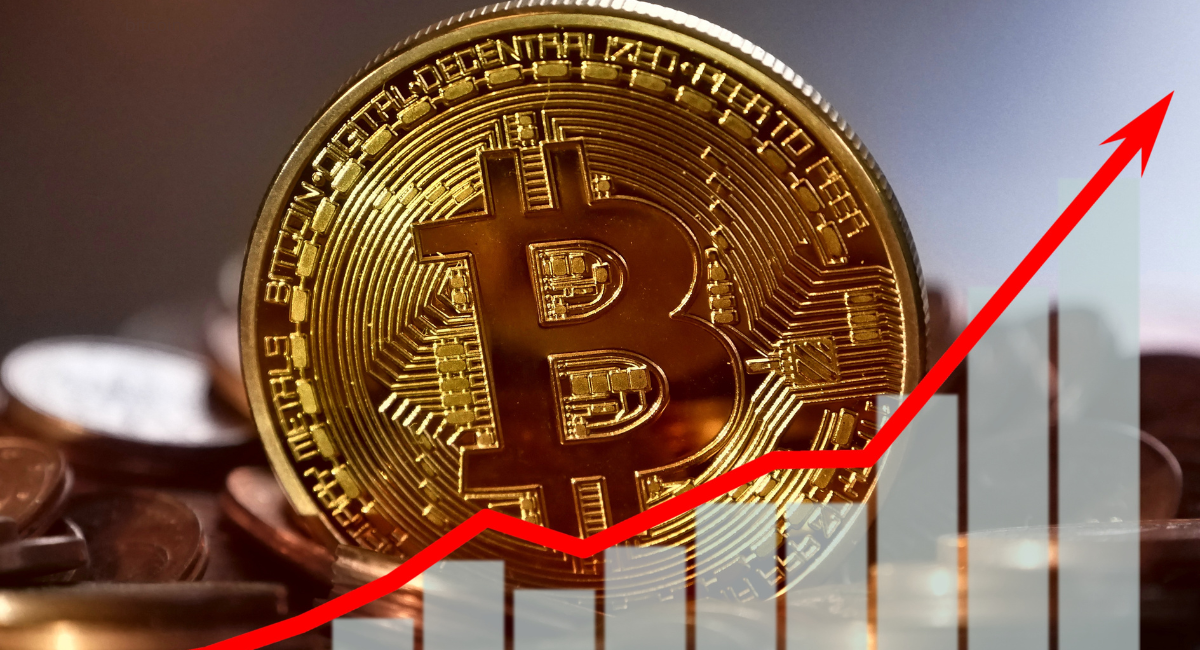Whether you’re a crypto guru or a newcomer to the scene, chances are you’ve heard of Bitcoin. As the first cryptocurrency, it’s taken the world by storm and made a lot of people very rich. Here, we look at Bitcoin’s journey, its future prospects, and how to score some coins of your own.
What is Bitcoin?
The mysterious Satoshi Nakamoto shared the concept of Bitcoin (BTC) in 2008 in a document outlining a new, decentralized currency. Early miners minted the first coin in early 2009, leading to the beginning of the crypto era.
Users can buy, sell, or trade the coin directly without the need for a bank or another financial institution. Every transaction gets recorded on a public ledger called the blockchain to ensure transparency and reduce the likelihood of fraudulent activity.
Although Nakamoto designed Bitcoin for daily transactions, savvy individuals use the currency to protect themselves from inflation and even generate wealth in the process.
Bitcoin’s Rise to Prominence
As the sole cryptocurrency for a time, many people were understandably uncertain about its prospects. For its entire first year of use, its value remained at mere pennies.
It wouldn’t take long for the Bitcoin trend to catch on, igniting a spark that sent Bitcoin’s price above the $1,000 mark in 2013. The subsequent fall renewed fears that cryptocurrencies were no more than a fad, but these sentiments didn’t last long.

The coin’s next rise sent values soaring to $20,000 and beyond. Another significant dip gave investors an inroad before another colossal surge to nearly $70,000 in 2021.
All these ups and downs provided countless investment opportunities for folks keeping a close eye on BTC’s value. Today, BTC to USD conversion sites remain the most accurate way to determine a coin’s current value relative to fiat currency.
Of its numerous peaks and valleys, BTC reached its highest valuation to date in March of this year at just north of $73,000.
The Mining Process
The Bitcoin mining process, the term given to adding new coins to the blockchain, is a grueling process. Miners must employ computing technology designed to solve the complex mathematical problems linked to Bitcoin’s code.
In Bitcoin’s early days, using even the most rudimentary personal computers could have been enough to crack these problems. The process gets more convoluted with each new transaction, requiring bigger rigs or multiple devices chained together to achieve the same result. At present, miners can generate one new Bitcoin block about every 10 minutes.
Bitcoin Halving
As dictated by Nakamoto in 2008, there will only ever be 21 million bitcoins in circulation. That means there’s a finite number of coins to mine, which experts estimate will run dry around 2040. Once we reach that point, it will only be possible to obtain new Bitcoin through trade or purchase.
To slow the acquisition process, the amount of bitcoin mined halves every 210,000 blocks. Early miners received 50 bitcoins per block pulled from digital soil.
Bitcoin has halved four times since then, most recently on April 20, 2024. Currently, it’s only possible to extract 3.125 coins from a single block.
How to Buy Bitcoin
Most individuals turn to crypto exchanges to purchase Bitcoin. These sites allow buyers to exchange fiat currency for digital coins at a predetermined cost; usually the value listed on conversion sites for the given day. Although Bitcoin’s high price makes it difficult to purchase a whole coin, you can simply buy portions instead.

Crypto exchanges vary greatly in terms of fees and scope. Some focus exclusively on Bitcoin, while others offer multiple digital currencies to choose from. In either case, you’ll need to fund transactions with a bank account, debit card, or credit card. After obtaining your digital currency, you’ll need a wallet to keep it safe.
Crypto Wallets
Crypto wallets don’t actually store coins but rather hold a public and private key that allows you to access your currency on the blockchain. Should these keys fall into the wrong hands, that person can do the same. Generally speaking, there are two main types of cryptocurrency wallets: hot and cold.
Hot wallets are always connected to the internet and often exist via websites or some form of software. While this means you can get to your coins faster, it also gives hackers an easier path to your digital finances.
Cold wallets are completely off the grid and not connected to the internet in any way. As a result, they tend to be much more secure. Some users turn to a USB or Bluetooth device for cold data storage, while others simply record information on a piece of paper.
There are pros and cons to each approach, and many Bitcoin owners choose to hold multiple wallets at any given time.
The Future of Bitcoin
No one can accurately predict Bitcoin’s future, although some patterns have emerged that could point to more growth on the horizon.
Historically, Bitcoin rises within a year on either side of a halving, like the one we saw back in April. Should trends continue, we could see BTC kissing the six digits before the end of 2024.
Similarly, we’re seeing a slowdown in the number of coins minted. The reduction in supply may lead to a higher price point as demand increases.
Some experts agree with this assessment. Earlier this year, Ark Invest CEO Cathie Wood predicted Bitcoin could reach $3.8 million by 2030, $2.3 million more than her previous assessment. Time will tell whether she’s close to the mark.
Is Bitcoin Worth Investing In?
Many folks are feeling bullish about Bitcoin’s chances for this year and beyond, making this potentially the best time to invest. That said, the coin currently trades at over $50,000, keeping it out of reach for many.
Potential repercussions surrounding energy consumption could put a damper on future mining speeds. Others worry about diminishing returns each time the coin halves. These concerns leave Bitcoin’s endgame may be up in the air, but it will likely remain in the spotlight for quite a while.


 Tags:
Tags:










